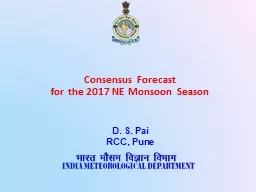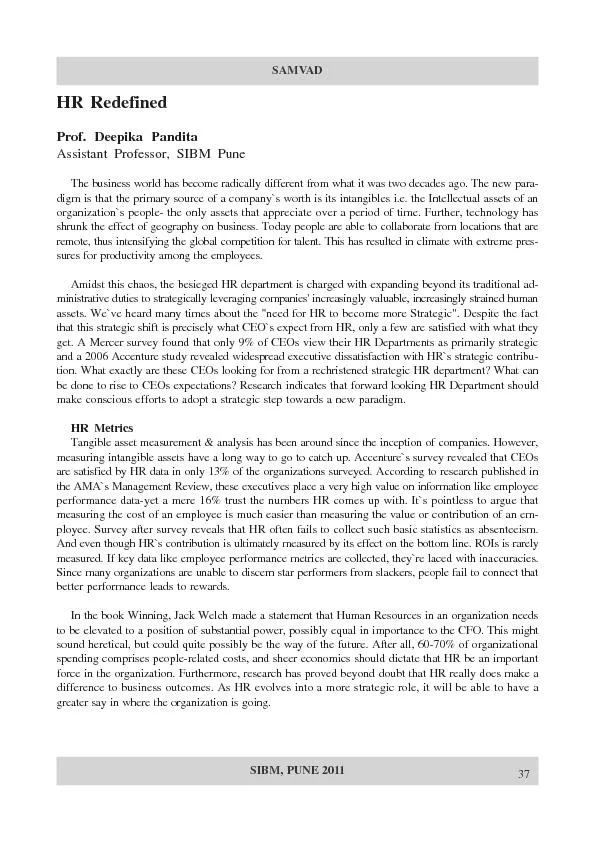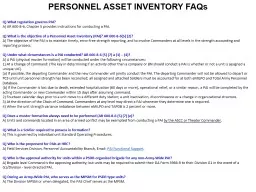PPT-D. S. Pai RCC, Pune Consensus
Author : haroublo | Published Date : 2020-08-07
Forecast for the 2017 NE Monsoon Season Verification of Last 2016 Forecast Outlook OND 2016 amp DJF 201617 Normal rainfall is most likely over most parts of
Presentation Embed Code
Download Presentation
Download Presentation The PPT/PDF document "D. S. Pai RCC, Pune Consensus" is the property of its rightful owner. Permission is granted to download and print the materials on this website for personal, non-commercial use only, and to display it on your personal computer provided you do not modify the materials and that you retain all copyright notices contained in the materials. By downloading content from our website, you accept the terms of this agreement.
D. S. Pai RCC, Pune Consensus: Transcript
Download Rules Of Document
"D. S. Pai RCC, Pune Consensus"The content belongs to its owner. You may download and print it for personal use, without modification, and keep all copyright notices. By downloading, you agree to these terms.
Related Documents














